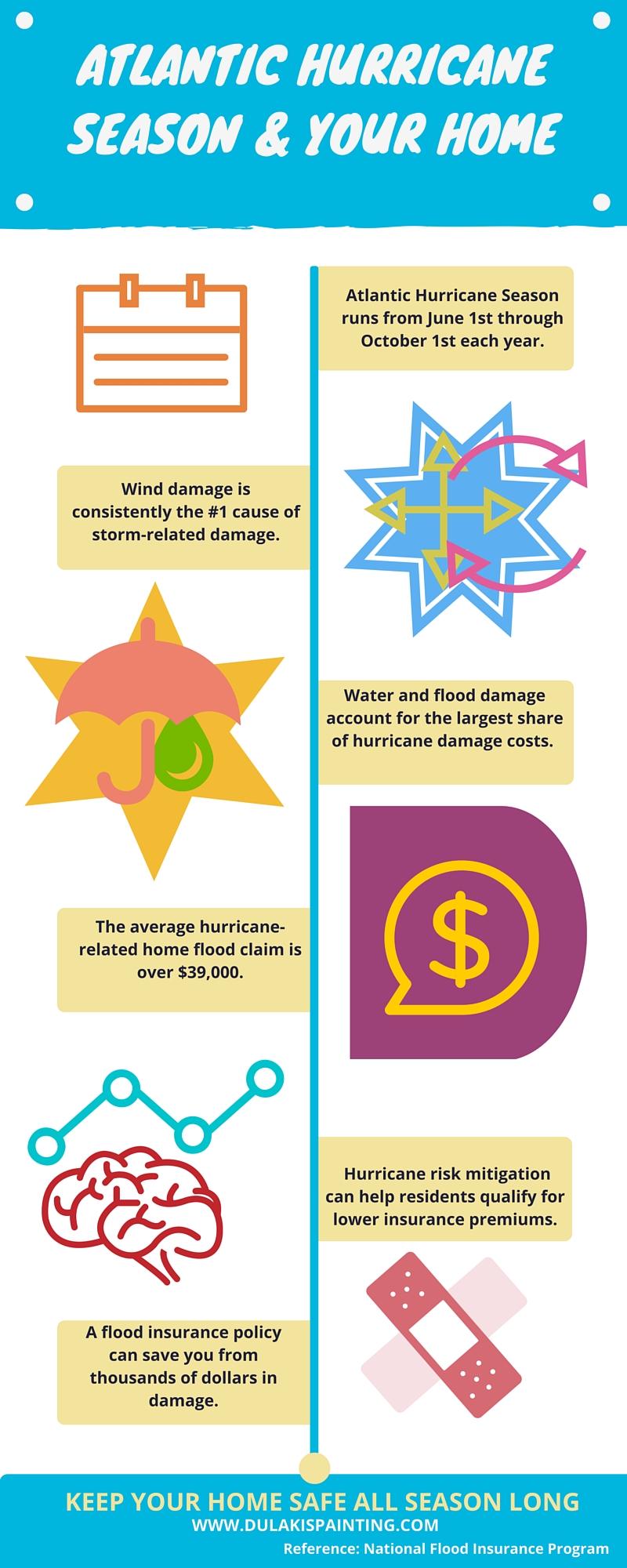Find Out How Seasonal Factors Influence Commercial Outside Paint Success And Uncover The Most Effective Times To Make Sure Enduring Outcomes For Your Job
Find Out How Seasonal Factors Influence Commercial Outside Paint Success And Uncover The Most Effective Times To Make Sure Enduring Outcomes For Your Job
Blog Article
Team Author-Aguilar Bagger
When you're planning a business outside painting project, seasonal elements can make or break your outcomes. You'll want to consider how temperature level and moisture impact paint application and drying out times. Picking the best period can ensure your paint adheres effectively and lasts longer. But which seasons are genuinely the most effective for this sort of work? Let's discover the key elements that can influence your job's success.
The Impact of Temperature on Paint Application
When you're planning an industrial exterior painting project, the temperature can considerably influence just how well the paint sticks and dries.
Preferably, you want to paint when temperature levels range between 50 ° F and 85 ° F. If tulsa paint 's as well cold, the paint may not heal correctly, resulting in concerns like peeling off or splitting.
On the other side, if it's also hot, the paint can dry out too swiftly, preventing correct adhesion and resulting in an uneven surface.
You must also consider the moment of day; early morning or late afternoon supplies cooler temperature levels, which can be a lot more beneficial.
Always check the supplier's recommendations for the certain paint you're making use of, as they typically offer assistance on the ideal temperature range for optimal results.
Moisture and Its Impact on Drying Times
Temperature level isn't the only environmental variable that influences your commercial exterior paint job; moisture plays a considerable role also. High humidity degrees can slow down drying times drastically, affecting the overall quality of your paint work.
When the air is saturated with moisture, the paint takes longer to heal, which can bring about problems like poor attachment and a greater threat of mold development. If you're painting on a specifically moist day, be gotten ready for extensive wait times between layers.
It's important to keep an eye on local weather conditions and strategy appropriately. Preferably, aim for humidity degrees in between 40% and 70% for optimum drying.
Keeping these factors in mind guarantees your job remains on track and provides an enduring surface.
Best Seasons for Commercial Outside Painting Projects
What's the very best time of year for your industrial external paint jobs?
Spring and early autumn are generally your best options. Throughout https://www.southernliving.com/home/colors/everything-to-consider-when-painting-your-front-door , temperature levels are moderate, and humidity levels are typically lower, producing excellent problems for paint application and drying out.
Prevent summer's intense heat, which can create paint to dry also swiftly, leading to poor adhesion and finish. Likewise, winter months's cold temperatures can impede correct drying out and curing, running the risk of the durability of your paint job.
Aim for days with temperatures in between 50 ° F and 85 ° F for optimal results. Remember to inspect the local weather forecast for rainfall, as wet conditions can wreck your project.
Planning around these factors ensures your painting job runs smoothly and lasts longer.
Final thought
Finally, intending your commercial exterior paint tasks around seasonal factors to consider can make a significant distinction in the result. By organizing job throughout the ideal temperatures and moisture levels, you'll guarantee much better bond and drying times. Keep in mind to keep an eye on local weather prediction and choose the right time of year-- spring and very early fall are your best options. Taking these steps will certainly help you achieve a resilient and expert finish that lasts.
